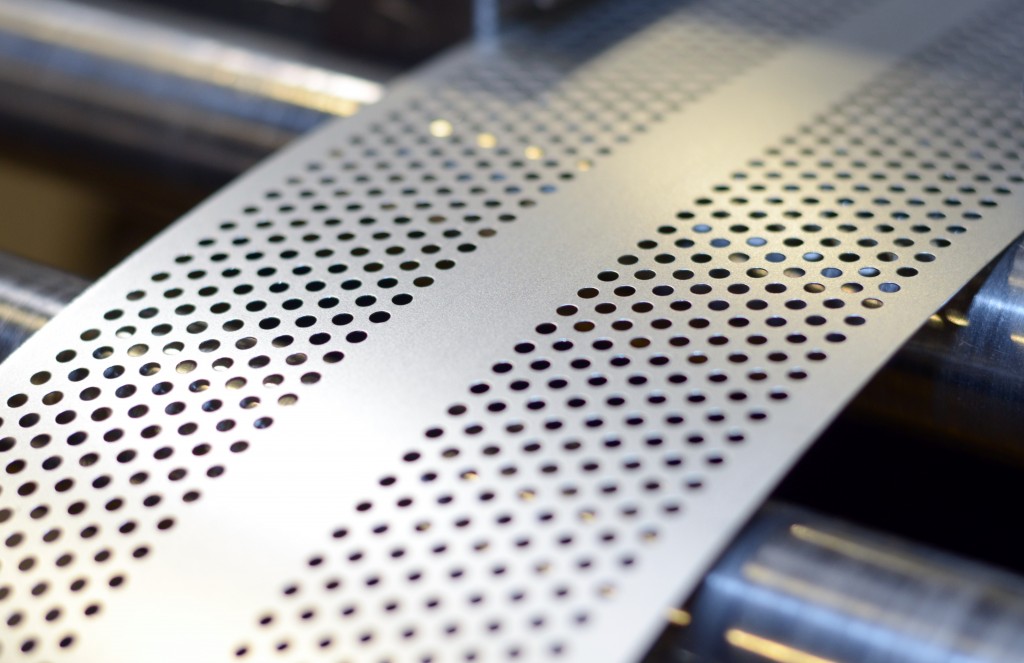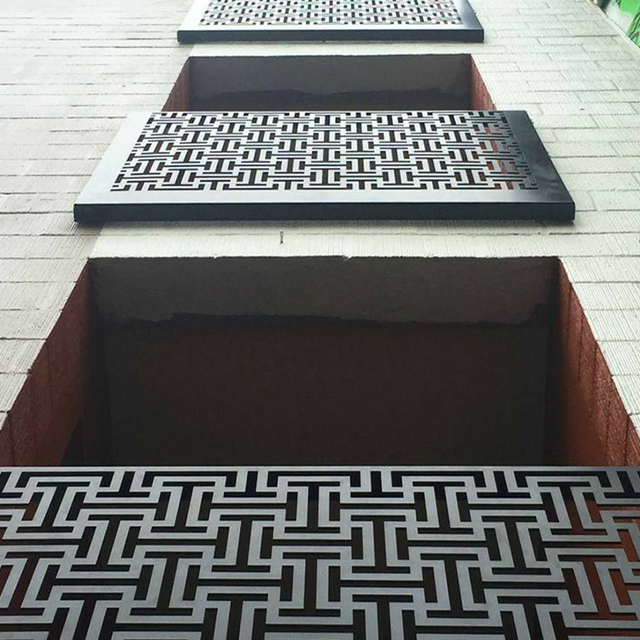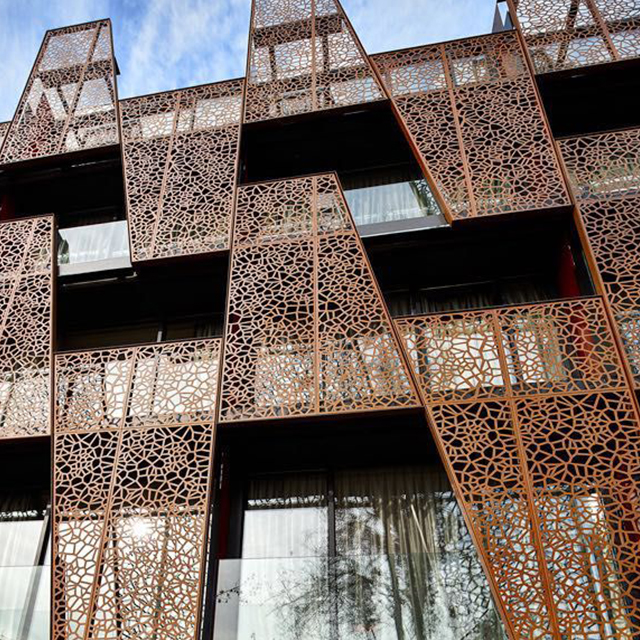Curtain walls have become a ubiquitous feature in modern architecture, gracing skyscrapers and buildings of all sizes with their sleek aesthetics and exceptional performance. These non-load-bearing exterior walls, typically composed of aluminum frames and infill panels, offer a myriad of benefits that make them a popular choice for architects and engineers alike.
Unveiling the Defining Characteristics of Curtain Walls
To fully appreciate the value of curtain walls, it’s essential to delve into their defining characteristics. These features set curtain walls apart from traditional masonry walls and contribute to their widespread adoption in contemporary construction:
1. Non-Load-Bearing Structure
Unlike traditional load-bearing walls that support the weight of the building above, curtain walls are non-structural elements. They are designed to carry their own weight and the weight of the infill panels, but they do not transfer any additional loads to the building’s structure. This unique characteristic allows for greater design flexibility and enables the creation of expansive glass facades.
2. Lightweight Construction
Curtain walls are inherently lightweight due to their aluminum frames and infill panels, which are often composed of materials like glass or metal. This lightweight construction reduces the overall weight of the building, minimizing structural requirements and potentially lowering construction costs.
3. Enhanced Energy Efficiency
Curtain walls can play a significant role in enhancing a building’s energy efficiency. Modern curtain wall systems incorporate advanced insulation techniques, high-performance glazing options, and specialized air barriers to minimize heat transfer and reduce energy consumption.
4. Natural Lighting Optimization
Curtain walls, with their large expanses of glass, allow for abundant natural light penetration into the building’s interior. This not only reduces the need for artificial lighting but also creates a brighter, more welcoming, and healthier indoor environment.

5. Architectural Versatility
Curtain walls offer architects and designers a remarkable degree of versatility. They can be customized to accommodate a wide range of aesthetic preferences, from sleek minimalist designs to intricate facades with varied textures and patterns.
6. Adaptability to Diverse Building Types
Curtain walls are incredibly adaptable and can be effectively integrated into various building types, including commercial office buildings, residential structures, educational facilities, and healthcare institutions.
7. Ease of Installation
Curtain wall systems are typically prefabricated and modular, which streamlines the installation process and reduces construction time. This can lead to cost savings and project completion within shorter timelines.
8. Low Maintenance Requirements
Curtain walls are generally low-maintenance and require minimal upkeep. Regular cleaning and occasional inspections are often sufficient to ensure their long-lasting performance and aesthetic appeal.
9. Sustainable Design Considerations
Curtain walls can contribute to sustainable building practices by incorporating recycled materials, utilizing energy-efficient components, and promoting natural lighting.
10. Enhanced Building Safety
Curtain walls can be designed to meet stringent safety standards, including fire resistance ratings and blast resistance requirements. They can also incorporate features that enhance occupant safety in case of emergencies.
Conclusion
Curtain walls, with their unique combination of structural efficiency, aesthetic versatility, and performance benefits, have revolutionized modern architecture. As technology continues to advance and design requirements evolve, curtain walls are poised to play an even more prominent role in shaping the future of sustainable and aesthetically pleasing buildings.


